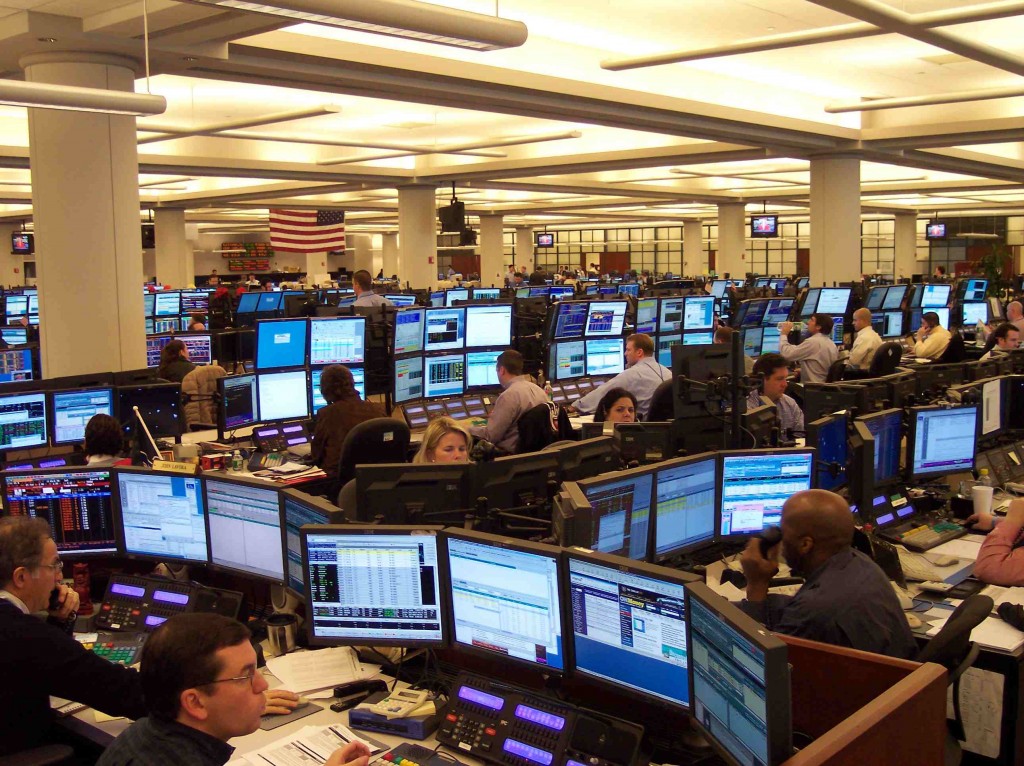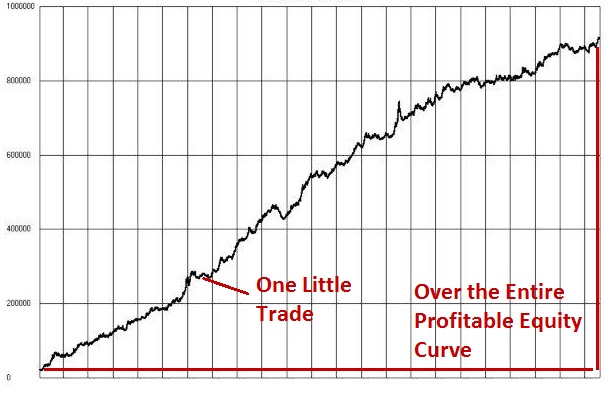In today’s article I’m going to talk about an important subject in forex trading psychology called ‘the comfort zone‘.
Before we get into this important trading and mindset lesson, I’d like to talk about a close relative of mine named ‘Vesh‘.
Vesh recently had his 2nd hemorrhagic stroke in 5 years.
Most people who have two hemorrhagic strokes aren’t very functional. Vesh is definitely an exception.
He was a database programmer for decades, and ironically, after the stroke, can still do database programming.

However there are many things he cannot do as a result of his two strokes.
Such as numbers…he’s not that good with numbers any more, and often gets them confused. If he’s talking about something from 100 years ago, he might say ‘Back over 20,000 years ago in England, the British…“
To compensate for his brain being damaged, he eats the same thing every day. It’s what he’s most ‘comfortable’ with and makes it easier for him. Man is it easy grocery shopping for him every two weeks 🙂
How does this relate to the comfort zone and trading successfully?
How your brain and body is wired right now is what you feel most ‘comfortable‘ doing. My friend Ross runs 5 days a week, 2 miles a day, so he feels quite ‘comfortable‘ running 2 miles a day 5x per week.

However if one day, I came up to him and said, “Today you’re going to run 20 miles, and you’ll do this 3x this week,” Ross is not going to feel very ‘comfortable‘. In fact, he’s going to feel profoundly uncomfortable attempting such a feat.
Just like Ross, whatever is outside of your brain, body and psychology to do comfortably right now is called being ‘outside’ your ‘comfort zone‘.
This is where an article by Noah Kagan comes in. Noah is a highly successful entrepreneur who recently wrote an article called ‘How to Step Outside Your Comfort Zone in 2018′.
It’s a well written article with some simple steps to accomplish this, which I definitely recommend reading.
However he makes one major error in how he defines growth in relationship to your comfort zone.
He says, “growth happens outside of your comfort zone.“
While technically true, it’s also ‘false‘ at the same time. Wait, how can something be both true and false at the same time? Let me explain.
Growth in your brain, mindset and body will happen when you go outside your normal programming, or what you’re currently wired to do easily now.
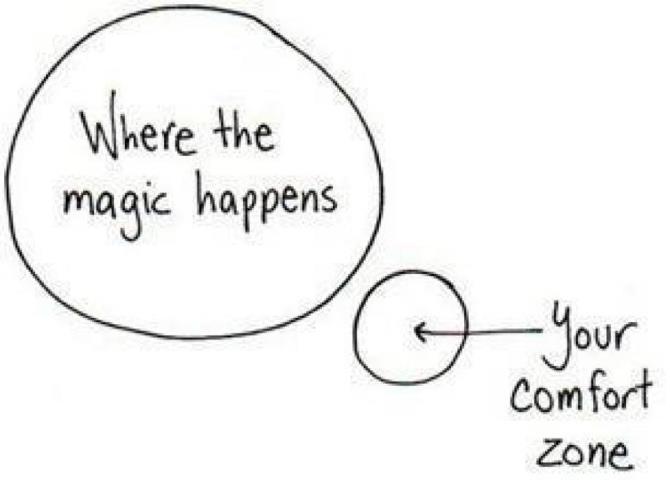
The same goes for you and your trading, and this is why it’s important to go ‘outside‘ your comfort zone, so Noah is correct in saying ‘growth happens outside your comfort zone‘.
However, Noah fails to make an important distinction here regarding your comfort zone.
There is a range you can go beyond this where there is ‘growth’. This range or ‘zone’ has also been discussed by those who talk about ‘being in the zone’ or ‘peak performance’ (image below).
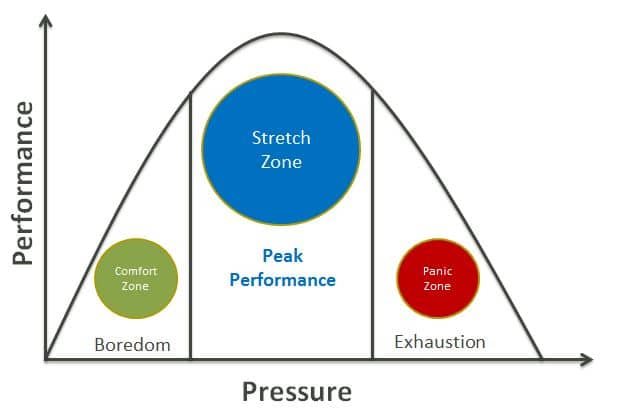
However, if you go too far outside this zone or range, you won’t grow at all. In fact, you will almost certainly fail.
Hence there is a range you can go outside of your comfort zone and still have growth. This is what I call the ‘challenge zone‘ or ‘learning zone‘.
Asking Ross to do 2.5 miles per day is ‘challenging’ himself.
But asking Ross to run 20 miles today, and he won’t grow. He’ll struggle, experience pain, and most likely will fail.
The same goes for you and your trading (especially if you’re struggling).
Where you are right now in your trading process, there are definitely some strategies, methods or tasks you are just not ready for right now.
For example, if you don’t know how to read the basic pillars of price action context in the forex market, you’re definitely not ready to trade a price action strategy. If you don’t even have a trading plan that you can easily execute day in day out, you’re not ready to trade $10 million dollars.
Hence while Noah was correct in stating that ‘growth happens outside your comfort zone‘, so does failure by going too far outside your comfort zone. Venturing too far outside your comfort zone is what I call the ‘panic zone‘ or ‘failure zone‘ (see below).
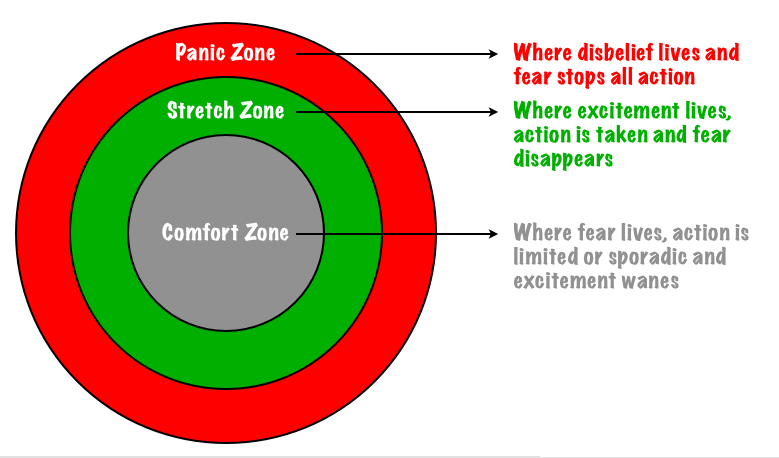
You have to make this important distinction (and know the difference) if you want to succeed in trading forex.
I think this is where most struggling traders in their trading process fail. I see many traders taking on methods, skills or strategies they simply aren’t ready for yet.
While I think it’s a good idea to ‘challenge‘ yourself and go outside your comfort zone, going too far will almost always lead to failure.
It’s important to learn what are the various steps, skills and mindset you’ll need to learn along the way so you don’t go too far outside your comfort zone, and set yourself up for inevitable failure.
Thinking you can start making money trading price action without having a trading plan, without proper risk management, or without forex training isn’t a path to success. It’s setting yourself up for certain failure.
This is one of the most common mistakes I see struggling traders and students make.
I get it…you seriously want to succeed in trading forex, you want to work from home, and make more money than you could in any ‘job‘. And you see that I make money trading and am a professional trader.
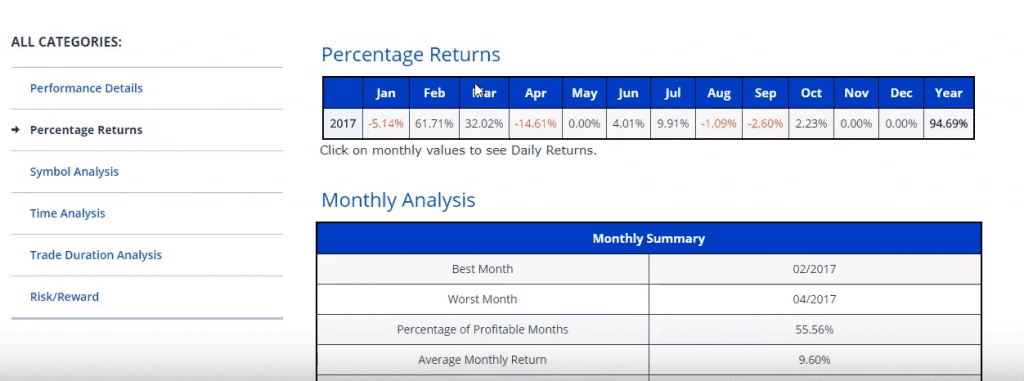
I get it…who doesn’t want to do that? That’s why you’re here, to learn how to trade the forex markets.
But there is a difference between the challenge zone (growing), and failing consistently (failure zone).
If you are constantly losing money trading, and consistently making the same mistakes, most likely you’re going too far beyond your current skill set.
You’re likely in the ‘failure zone‘, which 99+% of the time will lead to you losing money trade after trade, month after month, feeling like you’re not going anywhere.
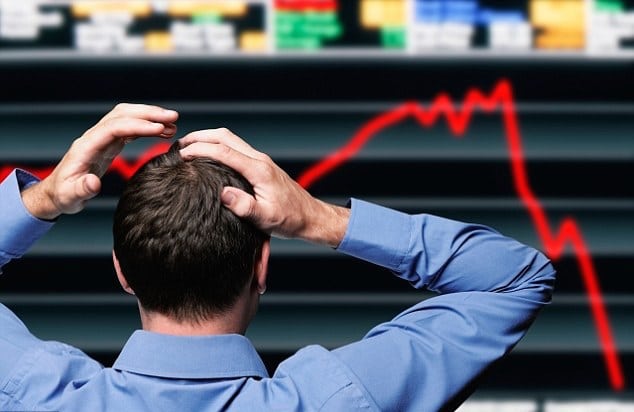
If you have this feeling, that is actually a good thing, because it’s your self-image and unconscious mind telling you “Hey, you’re too far outside your comfort zone.“
If that is your regular experience, then it’s time to get a forex mentor, one with a proven track record of successful forex trading.
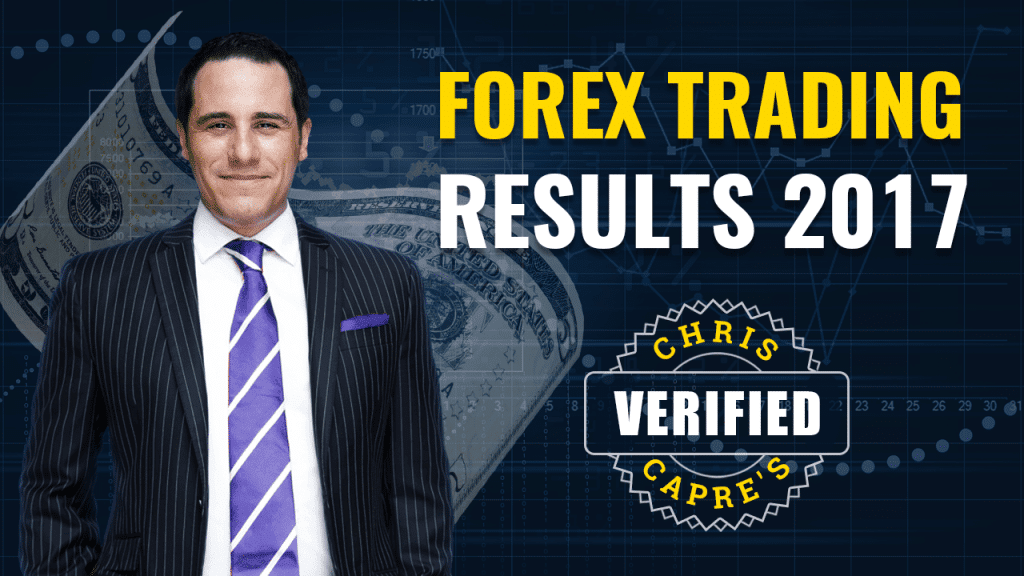
Hence if you want to stop making the same mistakes day in-day out, month and after month, losing money consistently, then check out my trading course or my mindset course, both of which give you insights into the psychology of successful traders as well as a step by step process on how to trade successfully.
Did I describe your process and trading experience? Does any of this sound like you? If so, I want to hear your comments and feedback below.
Tag Archive for: price action strategy
We are on the heels of June and I’ve decided to take on a new challenge.
For the entire month of June (30 days), I’ll be taking on not 1, not 2, but 7 new habits.
I definitely like a challenge, and for me – a successful mindset requires successful habits.
Hence I decided to announce this challenge openly to you and others, sharing all the details along the way.
But before I get into the nitty-gritty details, I need to talk about habits and why they are key to your brain & success.
Why Habits Are Key To Your Success
For you to make money trading and achieve your goals, you’ll have to wire in successful habits.
But you currently have a problem. Your brain will do what it is wired to do most of the time (think 90+% on avg).
And your brain is not programmed to make money trading. So you’ll need to un/re-wire your current programming while creating a successful trading mindset.
Now how your brain is wired (wiring = habits) can be explained by one principle – neuroplasticity.
What Is Neuroplastcity?
Neuroplasticity is your brain’s ability to wire and make new connections. Its also the reason why you can unwire connections and bad habits.
There are two key terms for understanding neuroplasticity. They are:
1) SDN = self directed neuroplasticity
and
2) EDN= experience dependent neuroplasticity
To help you understand the above, just memorize the following statements:
1) Neurons that fire together wire together
and
2) Passing mental states = lasting neural traits
Now one thing that is implicit in the first statement is the following:
Neurons that fire apart wire apart
You’ve probably heard something similar in pop culture, such as the ‘use it or lose it‘ phrase. This statement is completely valid regarding your brain.
Habits are what you create by repetitive actions over a consistent period of time. Creating successful habits requires mental toughness because you’re fighting against your brain’s conditioning.
Once you’ve created a habit, your cognitive bandwidth is now available for other important activities.
Think of what your trading would be like if every time you spot a great trade setup – you pull the trigger without worrying about a loss. How would that help your performance on a day to day basis?
Hence your direct path to successful trading is to build successful trading habits.
NOTE: If you want to learn my personal methods for wiring successful habits into your brain fast – check out my Advanced Traders Mindset Course.
Front End Work For Long Term Benefits
Building successful habits requires most of the work to be done on the front end. What do I mean by front end?
To wire in a new habit, you have to physically (and chemically) create a new series of connections. This takes (at a minimum) consistent repetition over time.
How long? For the expert at this – about 21 days is the fastest you can do this. 30 days would be more reasonable.
What if you are not working 4-8 hours per day trading at least 5 days per week?
You’ll need about 90-180 days.
From my experience as a trading mentor who’s turned many traders profitable, this is one of the biggest reasons why many never succeed. The habit wiring curve takes just a tad longer than most are willing to do consistently over time.
Do you change your pair, price action strategy or time frames if you don’t get the results you want in a few weeks or a couple of months? Do you just jump from mentor to mentor and course to course as you continue to struggle?
If so, then you have a problem because you’re changing critical behaviors before you’ve fully wired in the habit.
Hence you never get the benefits of wiring successful habits into your brain. And then you eventually wonder why you cannot trade consistently.
Sound familiar?
Thus most of the work in building successful habits for you will come in the front end. The good thing is once you’ve wired them in, the rewards (and potential upside) are unlimited.
That sounds like a pretty good trade to me now doesn’t it?
Why Delayed Gratification Is Key
In your journey to create new habits, you’ll be fighting against a primal instinct. This is via instant gratification and one reason why our brains work against us in trading.
The key is to flip the script and opt for delayed gratification. The problem for you is – in a time of instant gratification, most of what you are exposed to works against this.
So you have to go against the grains of every day society and culture.
The bottom line is – if you want ot succeed in trading or life, you’ll need to seek out delayed gratification. This will direct your mindset towards building successful habits over time.
As you begin to add positive habits into your life, you’l build up your self-image along the way.
Having a positive self-image will increase your confidence. Eventually you’ll start to think and believe it is ‘like you’ to succeed.
You’ll believe it is ‘like you’ to accomplish what you set out to do. This is one of the most important things you can build for your mindset.
“The habits you wire in today will become the vehicle for your success tomorrow.”
In the spirit of wanting to build my self-image, habits and mindset, I’m taking on these 7 habits for the month of June.
The 30 Day Mindset Challenge: Will You Succeed?
For the next 30 days (without breaks), I’ll be adding the following habits to my daily routine.
Here they 7 new habits below:
1) 1hr of writing/producing new trading content per day
2) 45 pushups
3) 25 situps
4) 25 squats
5) 30 mins reading a book or article about buddhism
6) 30 minutes reading a book or article on neuroscience and/or mindset
7) 30 mins – 1hr work on the new trading applications I’m creating (will announce at a later date)
Looking at the list above, that is a lot of new habits to take on. We’re talking about adding 3-3.5hrs of work to my day every day for the next 30 days.
Normally I do not recommend taking on such a big load of new habits or hours to your daily schedule. However I have confidence in my ability to manage my time and get this done.
Will you take on this 30 day mindset challenge?
If so, I’d recommend starting with 1 habit to begin with.
Start small and work your way up. There is no point setting yourself up for failure, so work on something you can achieve. Just make it stretch your comfort zone a bit.
NOTE: For a great article about the comfort zone and how it determines your success in trading, click here.
BTW – if some of you are thinking ‘only 25 situps per day?’, my apologies as a) I’m getting older and b) I’ve spent far too much time in the seat lately 😮
All kidding aside (partially kidding…), what new habit will you challenge yourself for the next 30 days?
Write it below along with why you want to work on this.
IMPORTANT: Make sure to work on a habit that you can control the execution of.
For example – you cannot control the market and profits. Hence creating a habit like ‘I’m going to make $5000 per day trading’ will fail because it’s based on something you cannot control (markets).
This is why you only work on habits that you can control.
Now make sure to share below what one habit you’ll be working on for the next 30 days. Be specific along with sharing what it will mean to you to build this new habit.
I’ll be posting updates on this once per week every Tuesday at 930am so make sure to check back regularly.
I’m looking forward to hearing from you. And I’m willing to bet you’ll feel like a more confident version of yourself for completing such a challenge.
Until then – good health and trading to you.
Without a doubt, the learning process to successful trading is not a short one. It is one that takes time, akin to virtually all other skill based endeavors. Be it sports, playing a musical instruments, or martial arts.
Although we want to become black belt traders, or virtuoso readers of price action in a jiffy, in 99% of the cases, your time line from here to success will likely not be as quick as you’d prefer.
Because of the extended time on our journey from A to B, it is common as bikes in Amsterdam for us to lose perspective, and go off the rails.
Putting Things In Perspective
Take a look at the graph below. What you are seeing is a snapshot of an equity curve from one of the strategies in my price action course.
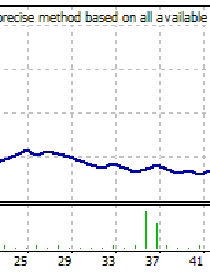
Upon first glance, it looks incredibly unimpressive…that it loses money. And you would be correct in this assumption…for this period of time.
Now take a look at the second image below, which is the entire equity curve over several years.

What you are now seeing is something totally different.
When you look at its entirety, you are seeing is a price action strategy that made 108% return! This is across only one ONE PAIR, and only ONE TIME FRAME.
Some highlights of the performance are below:
+108.9% profit
Profit Factor of 2.3
Expected Payoff of 112.28
Maximal Drawdown of 14.27%
% Profitable Trades 68.04%
Greatest Win 36% Larger Than Greatest Loss
Max Consecutive Profit Almost 200% Greater than Max Consecutive Loss
Without a doubt, this is a strategy that makes money, consistently, preserves capital, with a balanced risk to reward ratio.
Below is the table from the performance test, showing you the same performance.
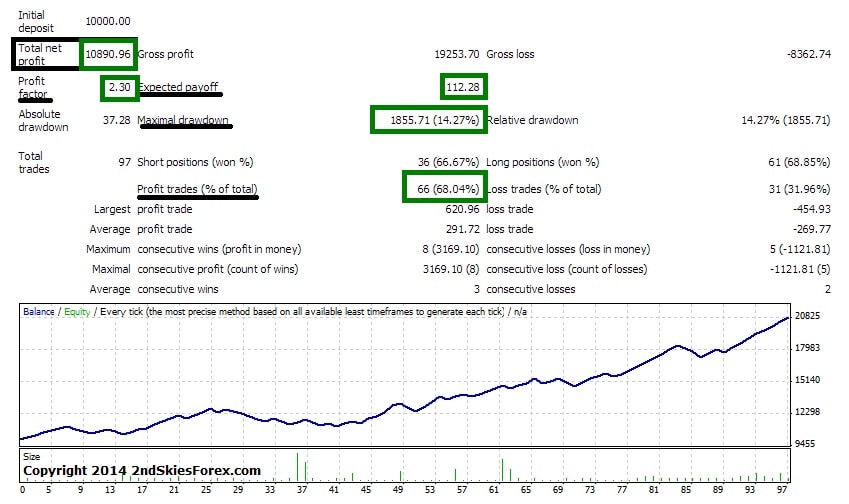
Most Un-Successful Traders Make This Mistake
For those who are not trading profitably, most likely when you are in a draw down, you don’t give the strategy enough time to work itself out. You see the equity curve falling, and think something has to be changed.
In reality, there could be nothing wrong with the strategy. Maybe this particular strategy won’t perform well in that market, yet this price action strategy makes money over time.
Now imagine if you changed strategies at the end of the first graph. You would have missed out on over 85% of the entire profit that strategy made. You would have lost several years of consistently profitable trading. That alone would have put you in top 5% of all traders. Food 4 thought.
Building A Healthy Perspective
Generally developing traders are more hyper-sensitive to every single trade, each win and loss. But look at this from a different perspective:
Imagine being a new archer having this same approach – that you gauge your confidence based on each shot.
That map would be all over the place, and drive a person batty as to how they are doing, because naturally one will be an inconsistent shooter in the beginning.
Instead, look to a great basketball player, and tell me if their confidence wanes from missing one free throw. They don’t make this mistake. They keep the right perspective and mindset by focusing on the process, not result. They keep the right perspective.
Constantly Changing
Changing strategies every month or so will take you in circles (like the dog that chases its tail).

Quarterbacks don’t change throwing motions every month, nor do musicians change instruments every time things go bad. Why would you think the path to successful trading would be any different?
So avoid changing your trading plan and strategy every month. Stick to the one you got for at least 90 days, once you’ve refined it. Commit to learning/trading it inside and out.
By doing this, you are (at the very least) building a skill set towards successful trading. Even if the strategy does not work out, you are developing one of the most important qualities in trading – discipline.
And with discipline comes confidence, which is something most un-successful traders lack. Remember, the draw down of the first chart was the prelude to a 108% return, (doubling your account in a few years).
Ask yourself if you have done this (changed strategies after a small losing period). Ask yourself if you’ve focused on result more than process. Then see how you can change this to keep the right perspective when trading.
The A+ Setups, The Trades That ‘Kick You In The Chin’
There is one mistake I see beginning traders constantly making. They wait on the sidelines for days, waiting for A+ setups, waiting for setups that ‘kick them in the chin‘, or ‘knock them over the head‘.
If you need to get kicked in the chin or knocked over the head to act, perhaps you should consider MMA, not trading. If you need this to actually do something – you really are missing the most basic thing of being a successful trader.
Your job is not to sit there like Johnny Bench waiting for the delivery of the perfect pitch. Your job is to think in probabilities, to think in numbers and expectancy. This is one advantage for becoming a better trader by learning how to play poker.
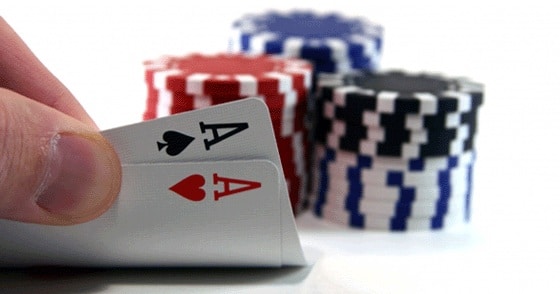
Positive Expectancy
In poker, they have this rule about positive expectancy. It basically involves not waiting for your power hands to arrive before you play. You should [pay your medium strength hands in the right environment because they have positive expectancy.
Sure, you can wait for AA or AK suited before you get involved in the pot, but you are passing up many hands that make money in the long term. You are passing up hands that have positive expectancy. This doctrine about waiting for A+ setups is a fallacy espoused by people who really do not understand trading. It is important to remember trading is not a fashion contest.
Trading is thinking in probabilities and finding setups that make money over 100, 1,000 or 10,000x.
You have to understand, that you may not make money on the trade right now, or even the next one, but if it makes money over the long run (has positive expectancy) then you need to pull the trigger.
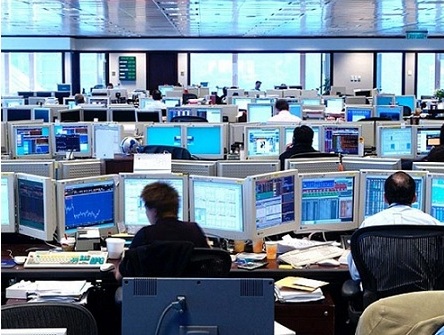
Beginning Traders vs. Professional Traders
Beginning traders make the mistake of waiting for setups which have 60 or 70+% accuracy, trading at 1:1 or 2:1 reward to risk ratios. Sure…mathematically these will make money, but guess what – did you know you could have a system which is 35% accurate which still makes money (and a lot of it) over time?
Although losing 65 trades out of 100 may seem daunting, a professional trader doesn’t skip these trades – because they know they make money. This is the difference between a beginning trader and a professional – they think in probabilities. They are comfortable with uncertainty, because they trust the process.
Breaking It Down
To look at it mathematically, if you take 100 trades at 35% accuracy, you win 35 and lose 65. Now if you always target 3x your risk (meaning if you risk 50 pips, you target 150 pips each time), this system will make money. Although you may lose the next 6-7 trades, all you need to do is win 3 or more, and you’ll make money over those 10 trades.
This is the difference between a professional & beginning trader. They understand the risk of ruin principle, and are not worried whether they will win the next trade. Beginning traders rationalize losing the next 6-7 trades as being bad for their overall trading, when mathematically you can still make money.
What Separates Beginning Traders from Professional Traders
Professional traders are not worried about the next trade winning or losing. What they care about is making money long term and over time. They want to maximize their profits by playing the mathematics – by thinking in probabilities.
Although beginning traders hang their entire psychology, confidence and performance on the next trade – you have to look at the next one as just one free throw in the thousands you will make over time.
A Single Grain of Sand & Your Positive Sloping Equity Curve
One way to relate to an individual trade is to see how really unimportant one trade is in the grand scheme of things. A good visual for this is – if you are currently holding a hand full of sand you picked up from the beach – that each trade is like a single grain of sand.
If you are using proper risk management and thinking in probabilities, that one grain of sand is really insignificant. Put them all together, and it adds up to something more substantial, but by itself, it really means very little.
Now imagine your positive upward sloping equity curve over the next few years, with hundreds of trades per year under your belt. That one grain of sand really means nothing in the entire equity curve of profitability. It’s just a tiny data point in a very large set.
If you can really grasp this, I guarantee after you have a long trading history with hundreds (if not thousands) of trades under your belt, one little trade will not mean anything to you. But what will matter, is if you pass up trades that have positive expectancy with lesser accuracy, you may lose massive profits over time.
Thus make sure to let go of whether the next trade will be a winner or a loser. Try not to invest too much energy in this. Start to think like a professional, and pull the trigger whether your next setup has high or low accuracy. If your price action strategy has positive expectancy, then that is what you need to know. When you do, you’ll realize a huge piece of the missing puzzle as you’ve started to think like a professional, and started to think in probabilities.







